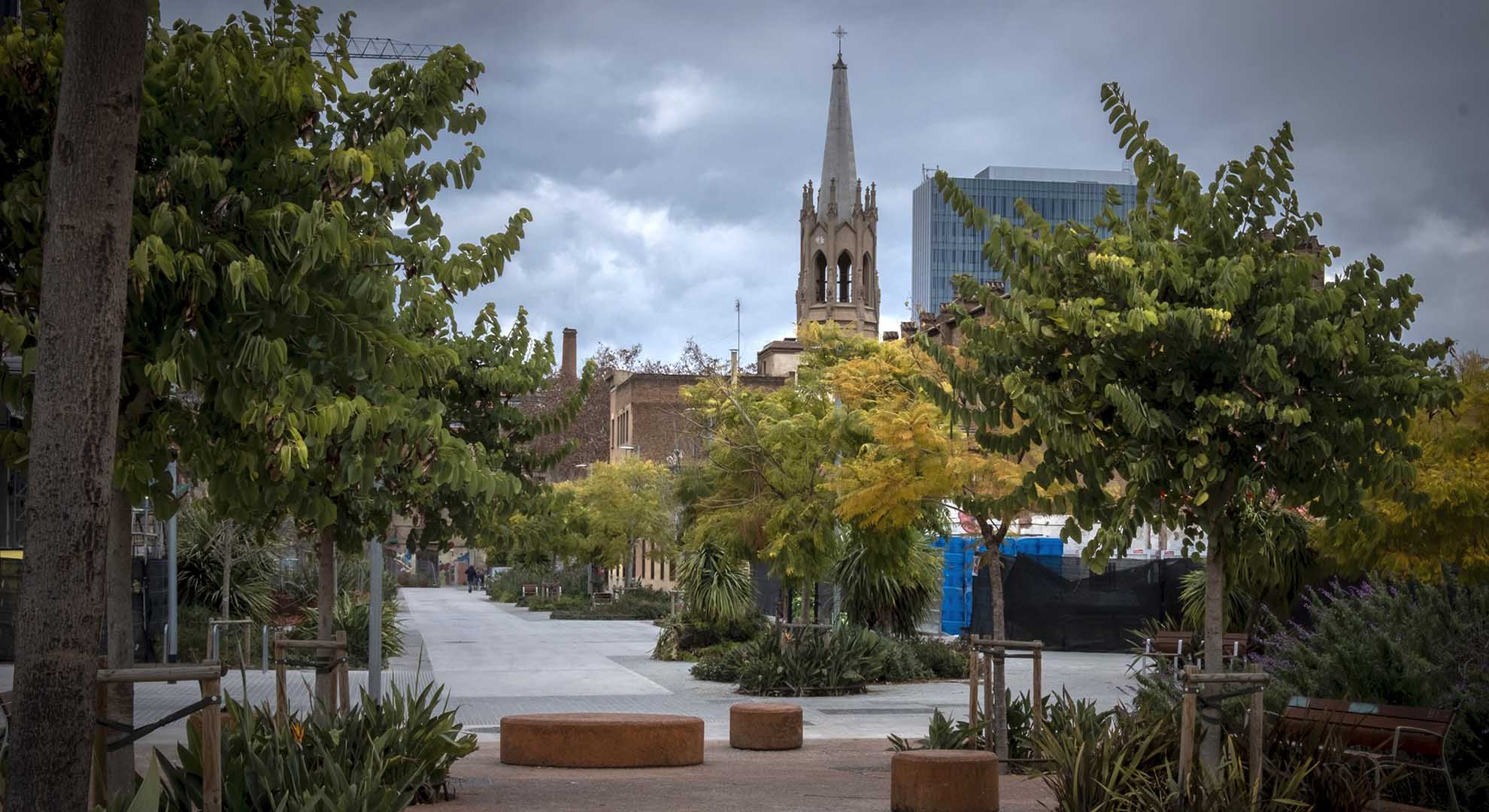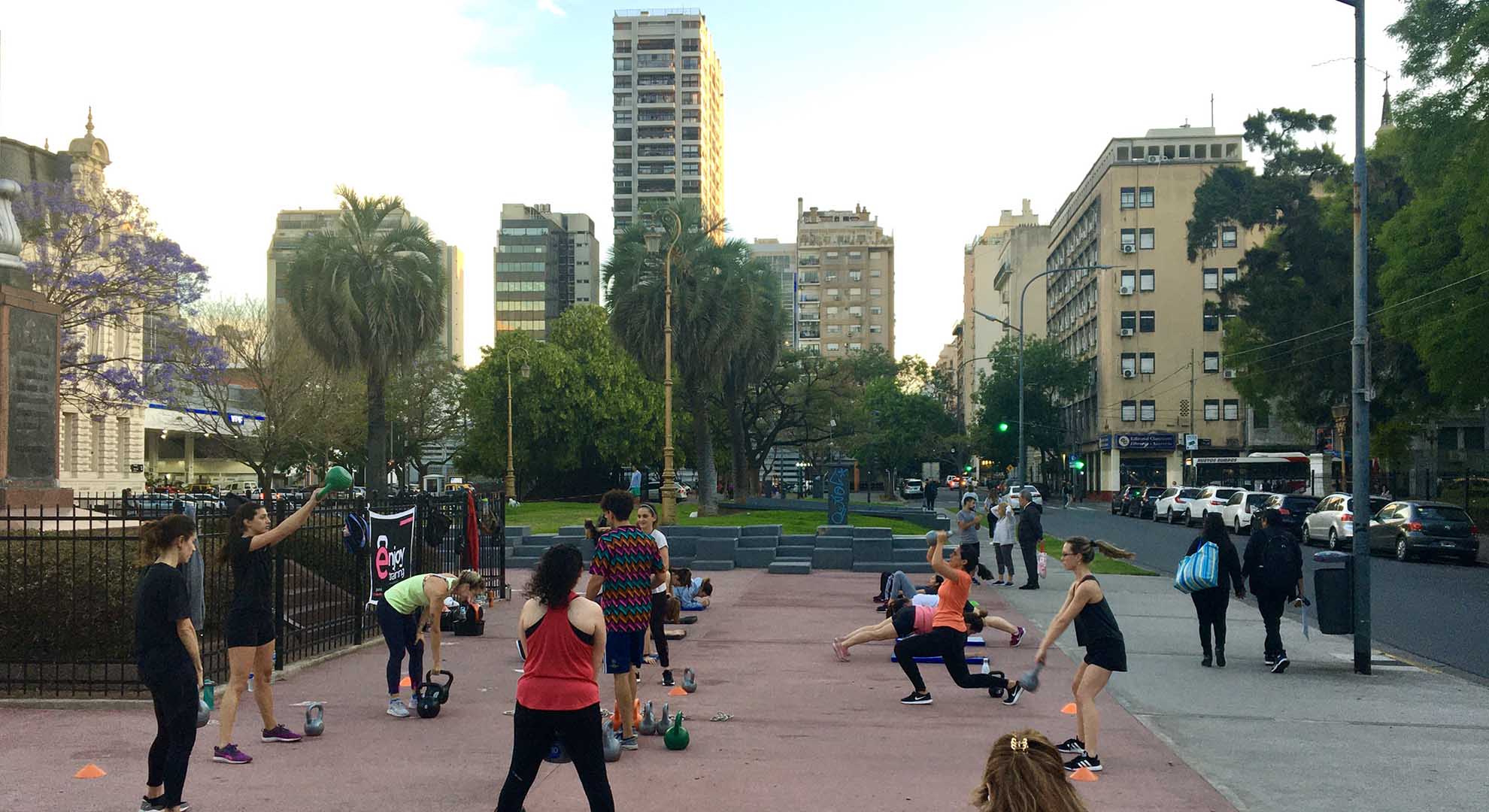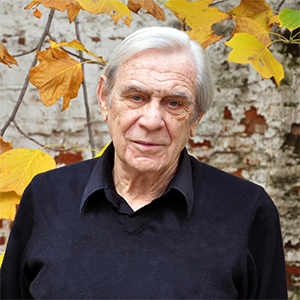The City of Today and Tomorrow
More humane, more flexible, more sustainable
Cities began as settlements that served the rural areas, which were the source of production at that time. With the advent of the industrial revolution and the appearance of new forms of mobility such as the railroad and later the automobile and the airplane, cities grew exponentially and represented a new form of habitat, producing the large urban and metropolitan areas of today.
Now with the threat of climate change looming before us—recently exacerbated by the global pandemic—we must seek new answers for our cities. Rethinking the city is today an opportunity and an unavoidable necessity.
However, this is not a new phenomenon. Villages, towns and cities have been in constant evolution throughout history.
If we go back to the middle of the twentieth century, we can see that there was a significant change in the way of thinking about architecture and the city, giving rise to a new way of designing urban areas.
In the early 1960s Josep Lluís Sert established the Master of Architecture in Urban Design (MAUD) at Harvard University’s Graduate School of Design (GSD), which integrated architecture, planning and urban design to create a specific discipline focused on reimagining the city.
Sert gathered together some of the foremost design professionals of the time to teach in the new MAUD program and among them was Fumihiko Maki who had recently published Investigations in Collective Form (Washington University, 1964). In the introduction he states:
“There is no more concerned observer of our changing society than the urban designer. Charged with giving form—with perceiving and contributing order—to agglomerates of building, highways and green spaces in which men have increasingly come to work and live, they stand between technology and human need and seek to make the first a servant, for the second must be paramount in a civilized world.”
He also writes:
“We must now see our urban society as a dynamic field of interrelated forces. It is a set of mutually independent variables in a rapidly expanding infinite series. Any order introduced with the pattern of forces contributes to a state of dynamic equilibrium—an equilibrium which will change in character as time passes.”

Architecture, urban design and nature coexisting in the city, Barcelona. Photo © Dani Powell
Maki’s words are as relevant today as they were in 1964. Clearly, we must establish new spatial relationships, capable of responding to a more pluralistic world where people from different backgrounds, different economic levels, different customs and languages live and establish new social relationships among themselves. The new urban order must be more flexible, giving room for many different options.
Reimagining the city means proposing projects that can be easily and efficiently adapted to changes in function. Public spaces have a leading role in the daily life of the citizen and we must generate projects that will produce hybrid and inclusive spaces.
These spaces have to be able to accept various functions at different times: streets, plazas, terraces, rooftops and sports venues fulfill their specific function but they should also be able to accommodate other uses such as urban festivals, concerts and social gatherings. In short, they must be containers for social interaction.
Streets must leave space for pedestrians and at the same time allow other uses and other means of mobility, which are rapidly replacing individual cars as the major mode of transport such as bicycles and scooters.

New uses for public space, Buenos Aires. Photo © Mario Corea
We must also understand that architecture, urban design and nature are an entity in constant dialogue with each other where people should be firmly placed at the center. In the same sense, it’s very important to promote the green city by increasing the number of landscaped areas such as parks and tree-lined streets.
Finally, at the urban level, we must consider the “city of cities” where each component maintains its identity, interrelates and connects to form a functional whole. These cities definitely surpass the dormitory city. The city of today and the future should emphasize the idea of mixed-use where residential areas coexist with commercial and educational uses, as well as public services such as healthcare facilities and recreational areas.
By taking into account all these considerations from the small scale to the large scale, we can explore new spatial configurations that respond to the need to potentiate these complex interrelationships and that enable us to make our cities more humane, more flexible and more sustainable.
Main image: Multifunctional public space, Barcelona. Photo © Dani Powell
Investigations in Collective Form, Fumihiko Maki, Washington University, June, 1964:
https://library.wustl.edu/wp-content/uploads/2015/04/maki-entire.pdf
